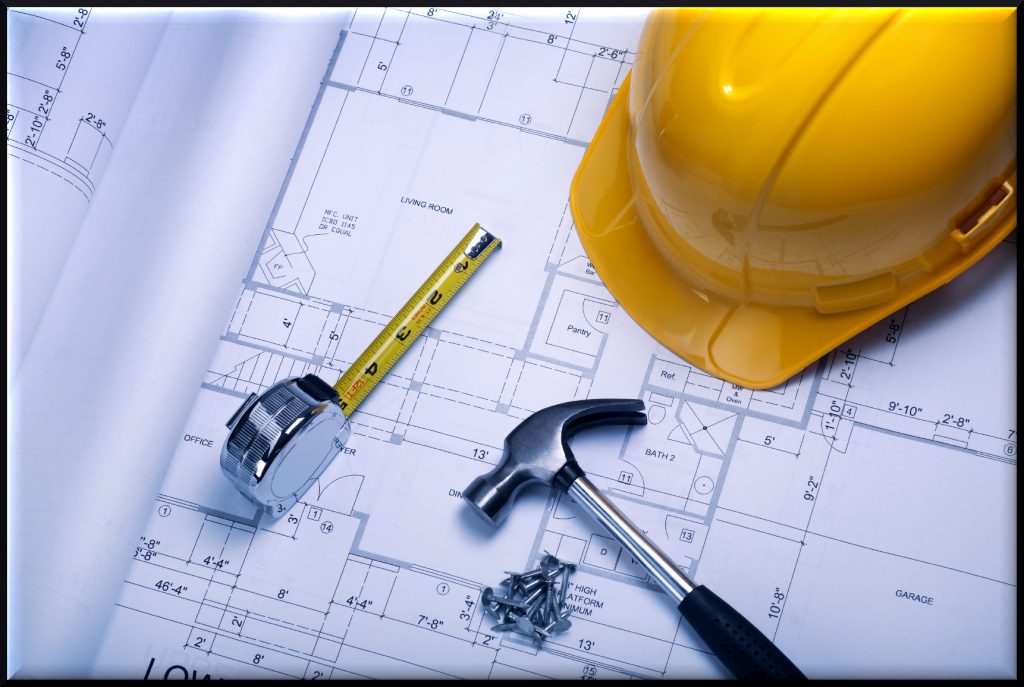The construction sector in the Middle East and North Africa (MENA) region is set to outpace the global growth, expanding by 5.8% in 2018 to hit $225bn, according to BMI Research, a Fitch group company.
The MENA will be the fastest growing region globally for the construction sector, both in the short and long-term expanding by an annualised average of 6.5% over the next five years to hit $330bn.
Positive demographics, gradually rising oil prices, and ambitious economic diversification agendas throughout the region will fuel MENA’s outperformance in the coming years, vaulting it ahead of other fast-growing infrastructure markets like Asia and Sub-Saharan Afric, stated the report.
Many countries in MENA – particularly GCC countries but also markets like Algeria, Iran and Libya – are heavily reliant upon oil and gas exports to drive government revenue, and by extension, investment into infrastructure. As such, BMI experts view an anticipated rise in the price of oil in the coming years as beneficial for the region as a whole.
Although several countries in the region have established viable public private partnership (PPP) frameworks that aim to channel private capital into infrastructure projects, state-driven investment remains predominant throughout the region, with construction sector growth closely mirroring government revenues.
The report said: “The anticipated rise in the price of oil will allow governments to allocate more resources to the development of their respective infrastructure project pipelines and help sectors recover from the downturn in construction sector growth we witnessed in the immediate aftermath of the oil price crash of late 2014.
“Furthermore, record debt issuance over the past two years will also aid MENA governments in boosting spending while oil prices remain low by historical standards in 2017 and 2018.”
MENA benefits from one of the most attractive demographic profiles globally, one which will support sustained structural demand for infrastructure investment in the coming years. The region is second only to Sub-Saharan Africa with regard to future population growth, which we forecast will average 1.6% over 10-year forecast period and cause the region’s population to reach 508 million over the same time horizon, up from 442 million today.
In order to effectively absorb young, growing, and increasingly urbanised populations, governments will be impelled to ramp up investment levels in infrastructure necessary in sustaining everyday life – in this vein we highlight power and water projects in particular, noting that power projects form a healthy 13% of the regional infrastructure project pipeline and that water-stressed countries like Saudi Arabia, Oman, and Kuwait continue to look to high-value desalination and waste-water treatment projects in order to address burgeoning demand for potable water.
The BMI experts believe that commercial infrastructure will be a key growth engine in the broader MENA infrastructure mix in the coming years, as ambitious economic diversification agendas announced by governments throughout the region will serve to boost activity in the sector.
The report stated: “We have long highlighted commercial infrastructure as a central pillar of Mena’s solid overall growth performance and note that according to our Key Projects Database, commercial infrastructure accounts for the greatest share of the regional pipeline at 31%.”
BMI pointed out that its optimistic growth outlook for commercial construction in the Gulf region is supported by an increasing number of tourism infrastructure projects moving through the pipeline.
The UAE and Qatar in particular emerge as outperforming markets for tourism infrastructure, as the hosting of major events – Dubai Expo 2020 in the former, the FIFA World Cup 2022 in the latter – has boosted the attractiveness of these markets’ real estate sectors and international interest in them, it added

